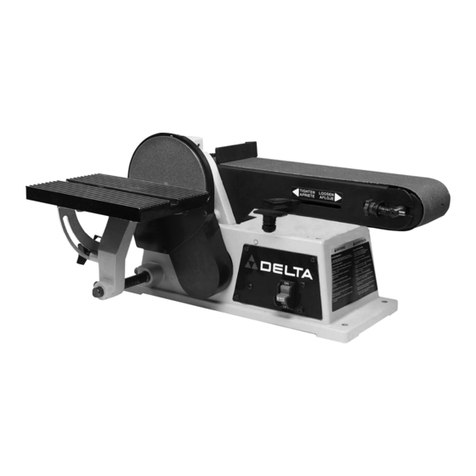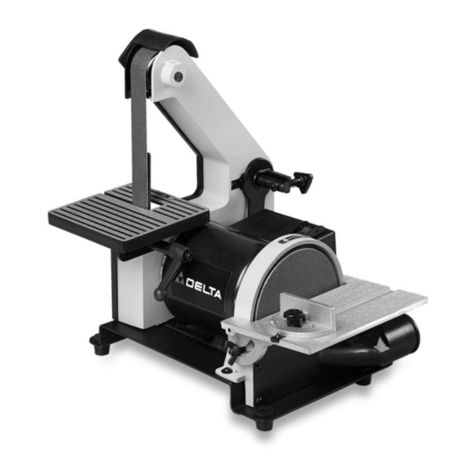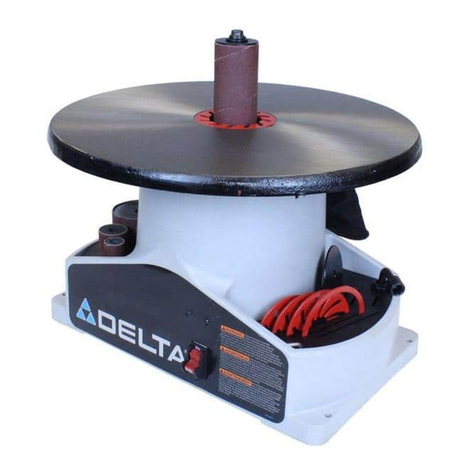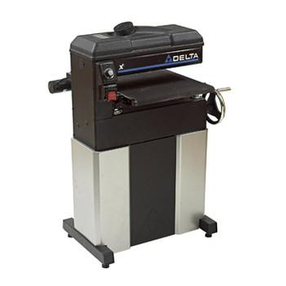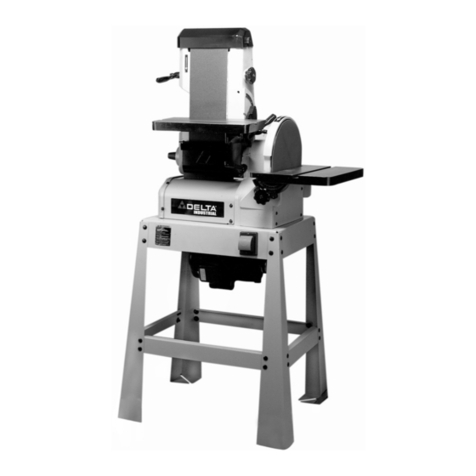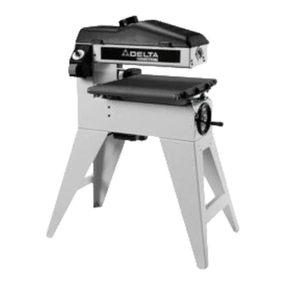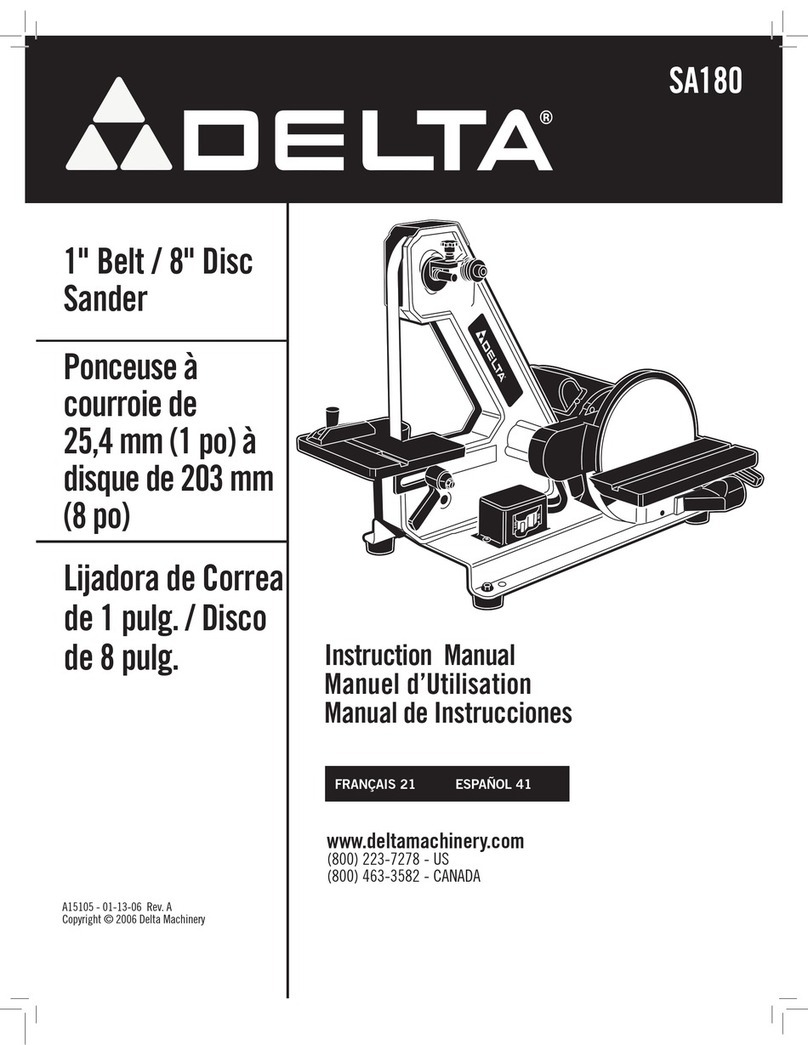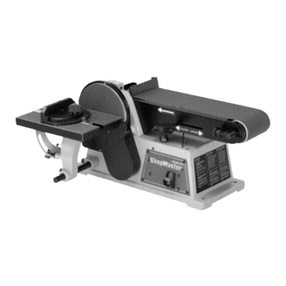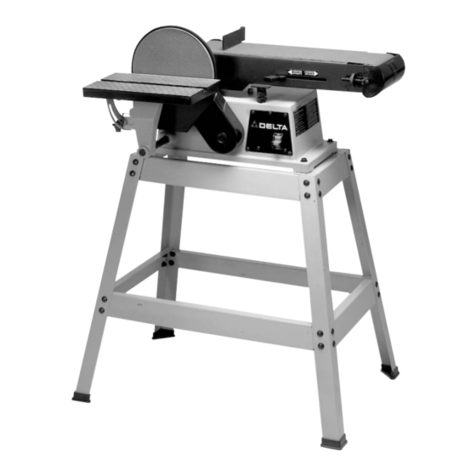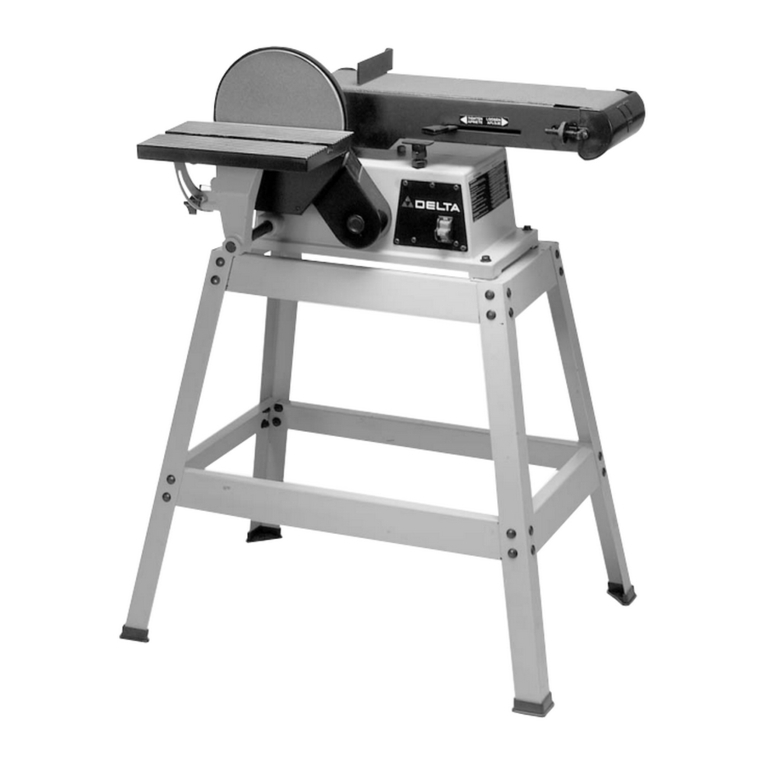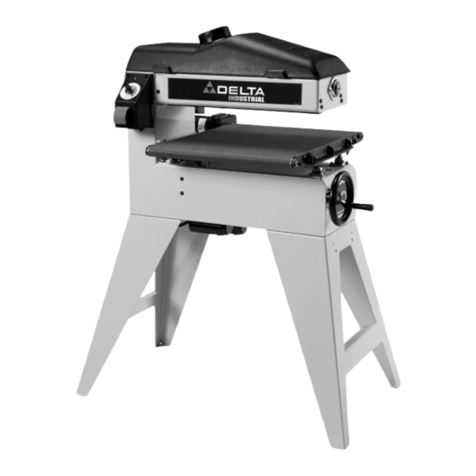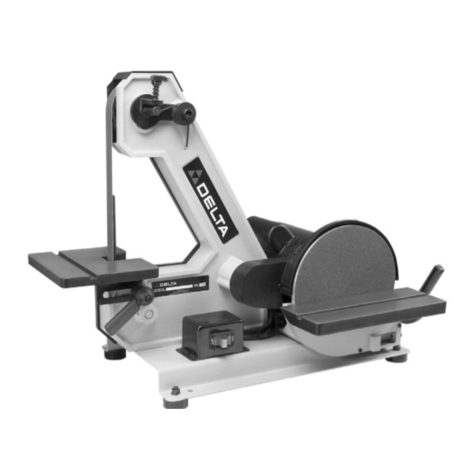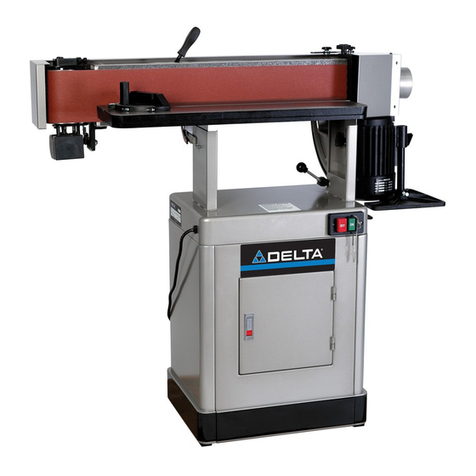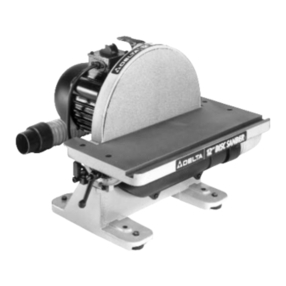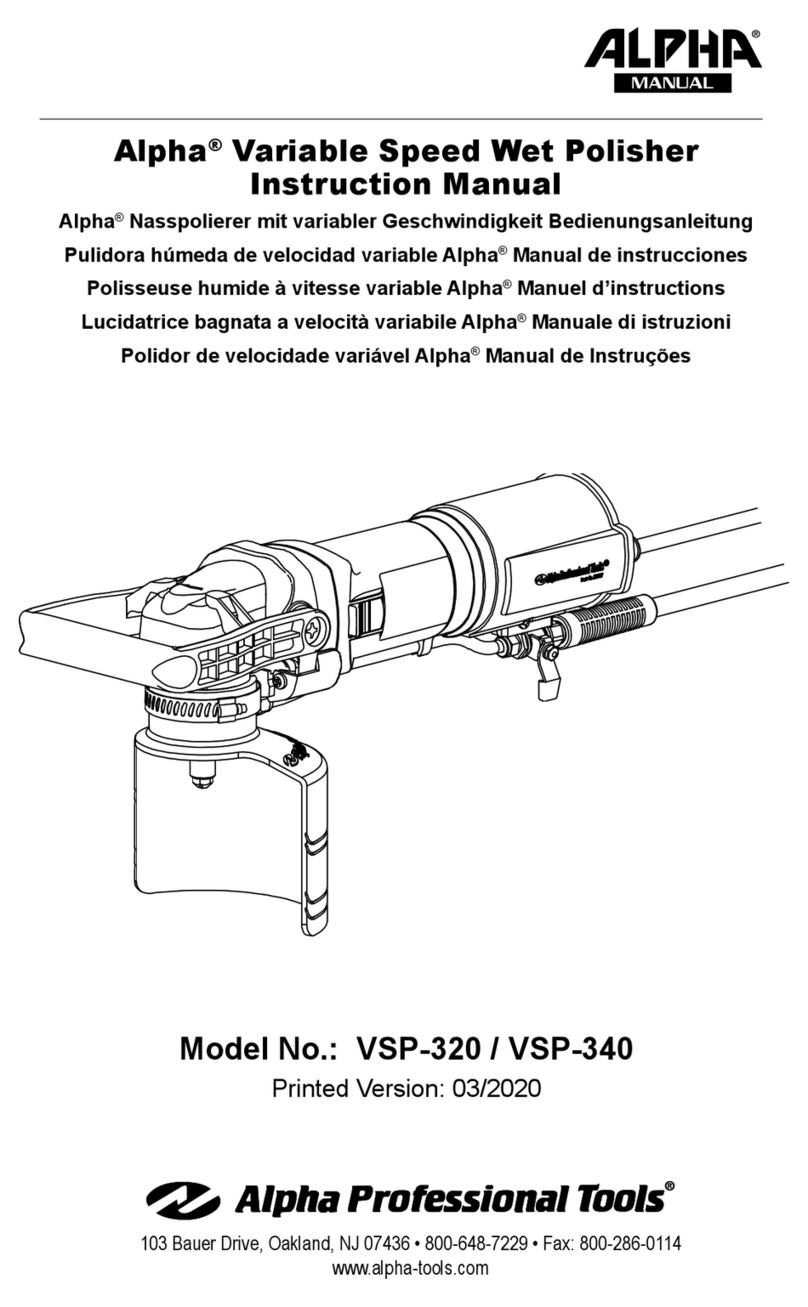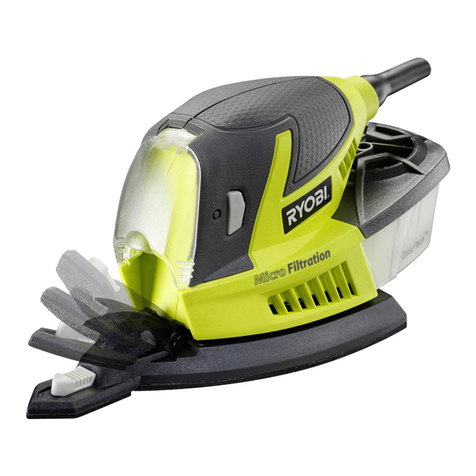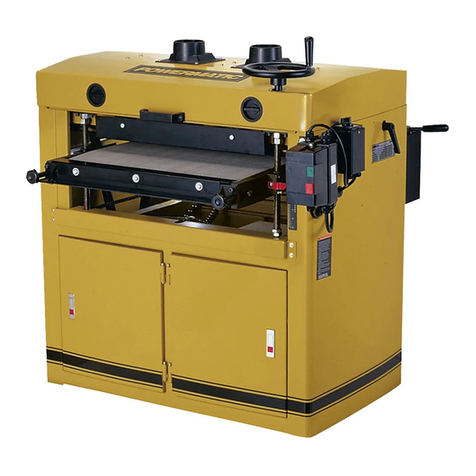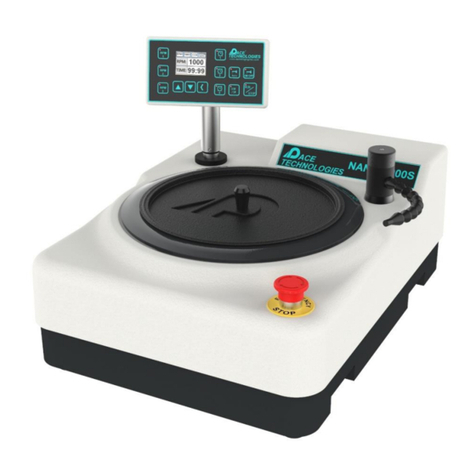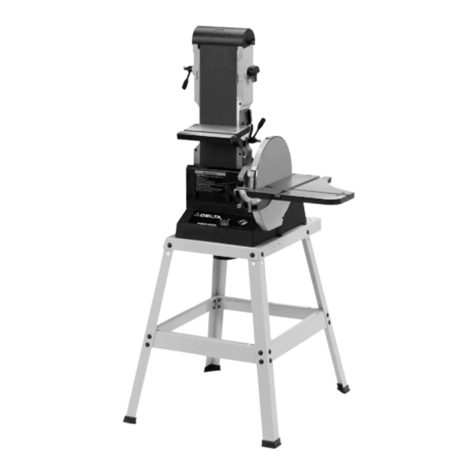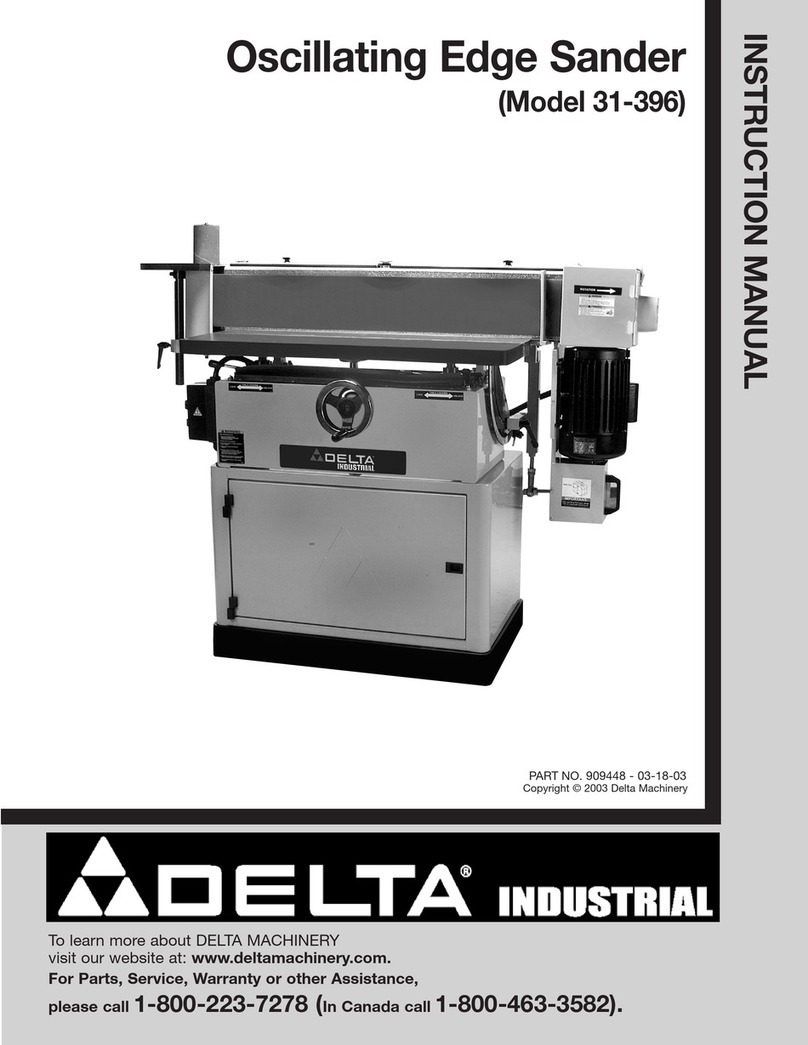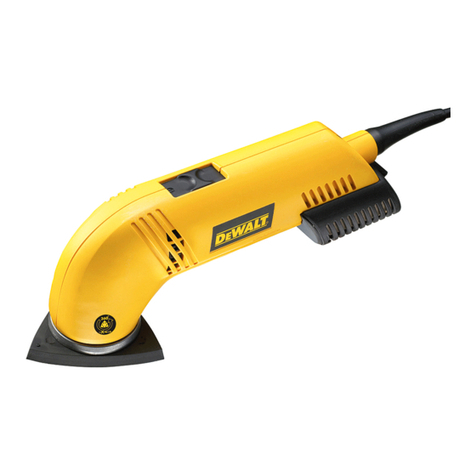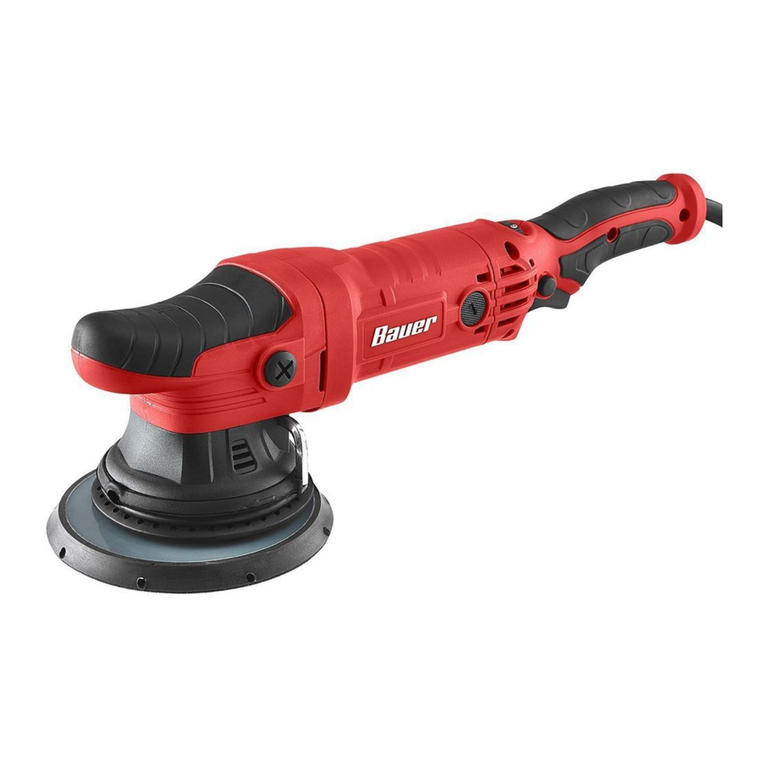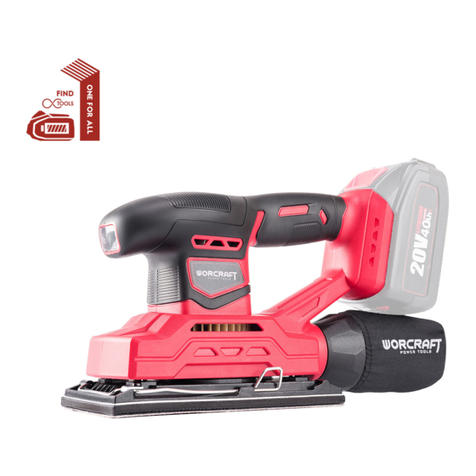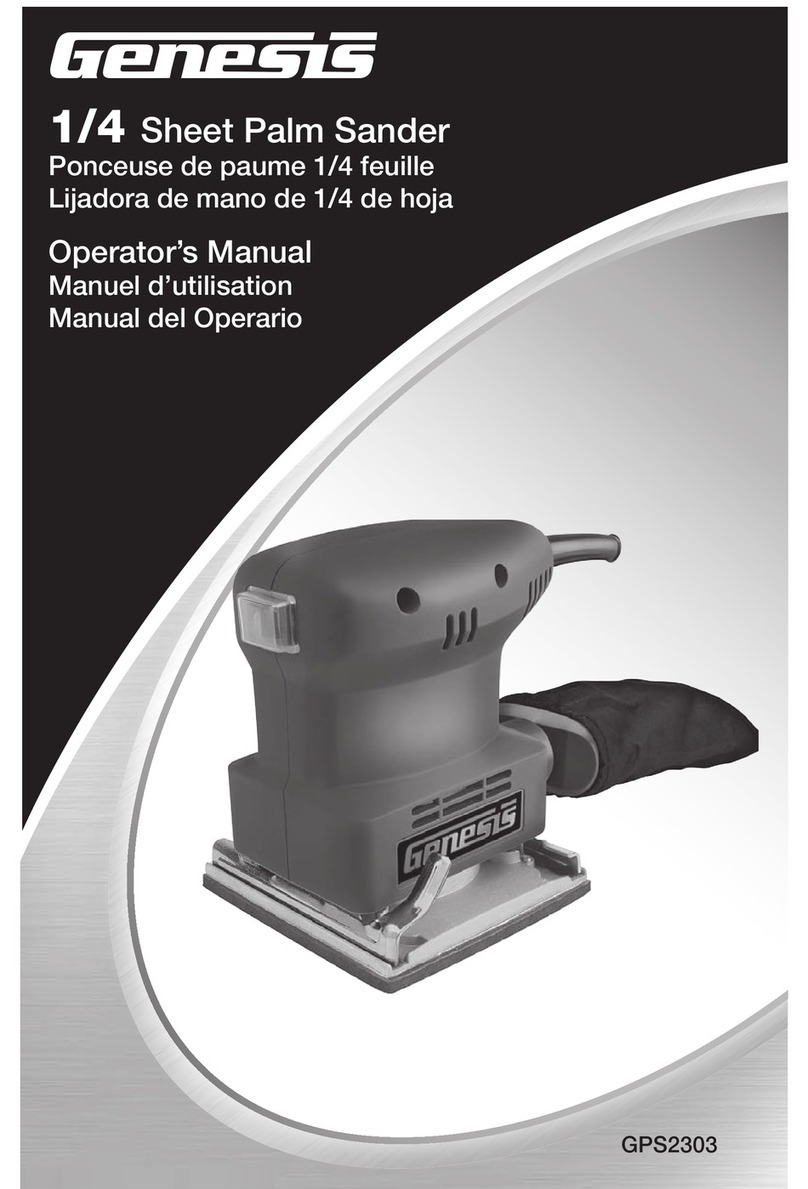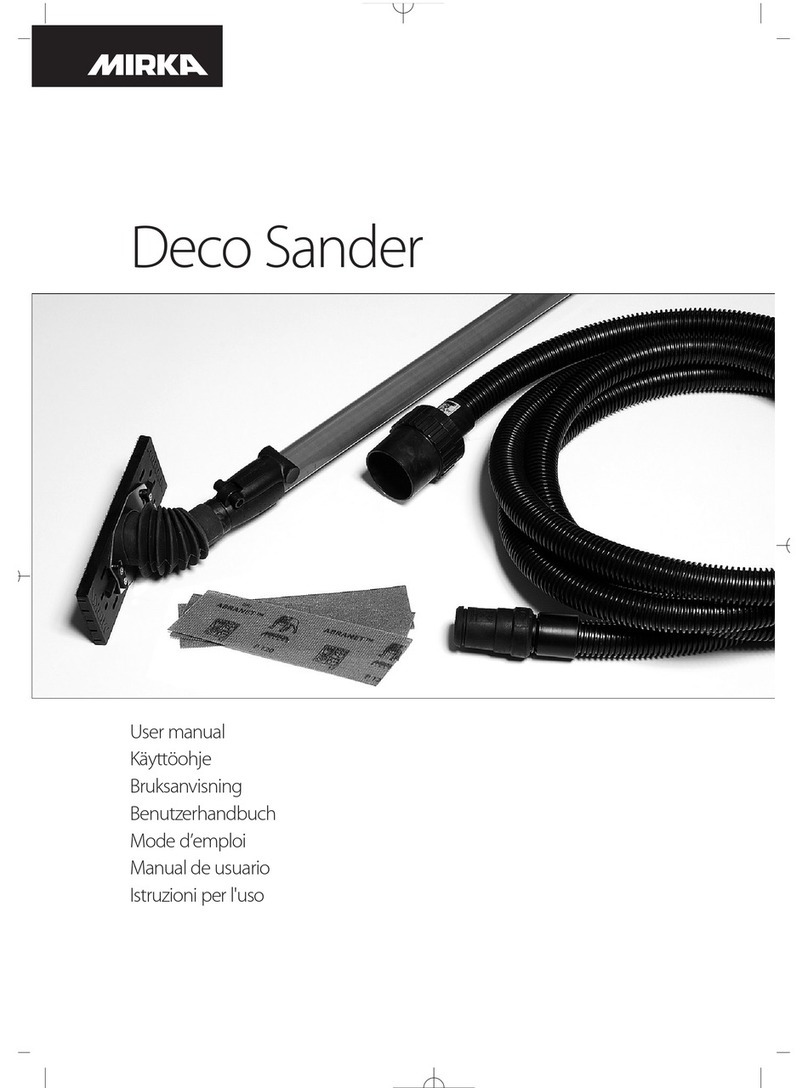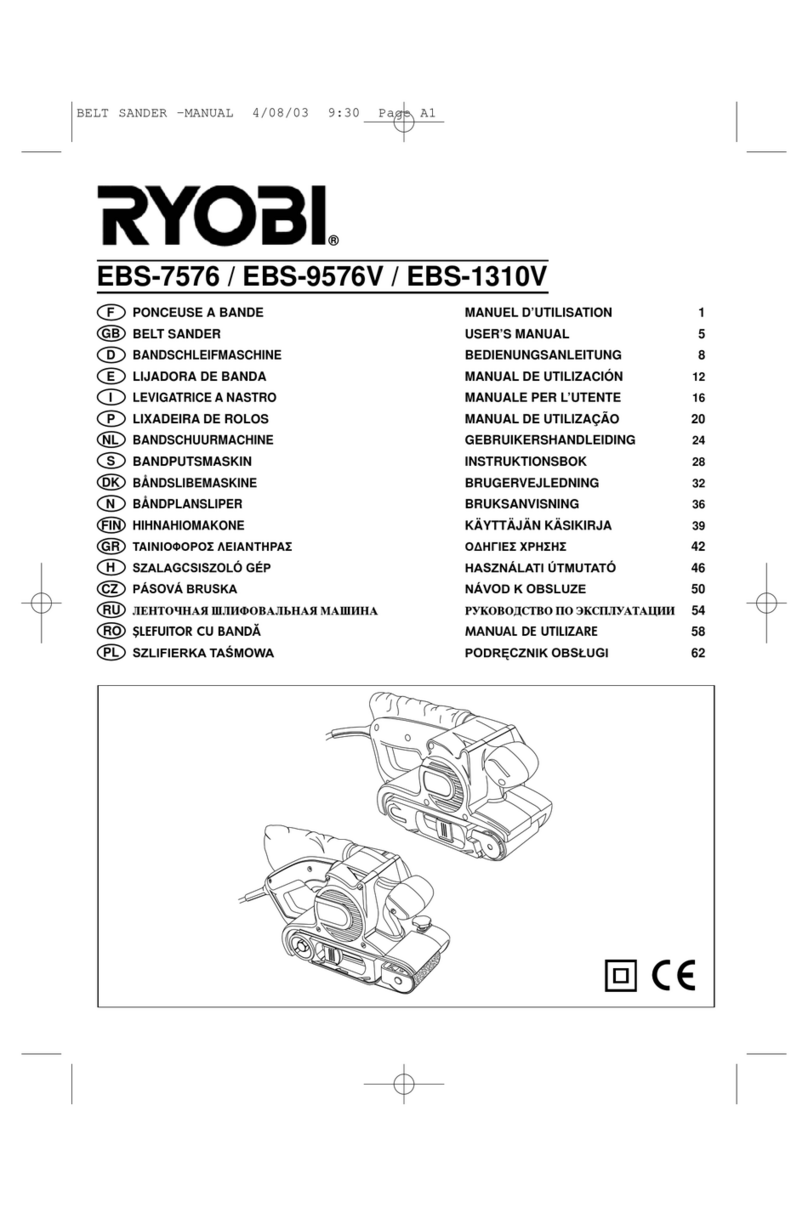
17
•
Apprenez à connaître son domaine d’utilisation et ses limites, ainsi
que les dangers qui lui sont rattachés.
• Les aires et les bancs de travail encombrés sont propices aux accidents.
• N’utilisez pas cet appareil dans un endroit humide ou
mouillé, et ne l’exposez pas à la pluie. Gardez votre lieu de travail bien éclairé.
• Tous les enfants et visiteurs doivent demeurer à une
distance sécuritaire de l’aire de travail.
• avant toute opération d’entretien.
• Avant d’utiliser l’appareil, bien réparer ou remplacer toute
pièce endommagée.
1. Assurez-vous de lire et comprendre les
avertissements affichés sur l’appareil et dans ce
manuel. Le non respect de tous ces avertissements
peut entraîner des blessures graves.
2. Remplacez les étiquettes d’avertissement si elles
sont masquées ou supprimées.
3. Cet appareil est conçu pour l’utilisation par un
personnel qualifié et expérimenté seulement. En
cas de non familiarité avec le bon fonctionnement
sécuritaire d’une scie à ruban, ne pas l’utiliser avant
d’avoir reçu la formation et les connaissances
appropriées.
4. Ne pas utiliser cet appareil pour autre chose que
son usage prévu. S’il est utilisé à d’autres fins,
DELTA®Power Equipment Corporation décline
toute garantie réelle ou implicite et se dégage de
toute responsabilité pour toute blessure qui pourrait
résulter de cette utilisation.
5. Portez toujours des lunettes/un masque de
protection agréés durant l’utilisation de cette
ponceuse à broche oscillante.
6. Avant d’utiliser cette ponceuse, enlevez cravate,
bagues, montres et autres bijoux, et retroussez
vos manches au-dessus du coude. Retirez tous les
vêtements amples et retenez les cheveux longs.
Il est recommandé de porter des chaussures
antidérapantes ou de poser des bandes de
plancher antidérapantes. Ne portez pas de gants.
7. Portez des protecteurs pour l’ouïe (bouchons ou
manchons) pendant les longues périodes de
fonctionnement.
8. Certaines poussières créées par le ponçage
mécanique, le sciage, le broyage, le perçage
et d’autres activités de construction contiennent
des produits chimiques identifiés comme causes
de cancer, d’anomalies congénitales ou d’autres
préjudices liés à la reproduction. En voici des
exemples :
• plomb de peintures à base de plomb;
• silice cristalline de briques, de ciment et d’autres
produits de maçonnerie;
• arsenic et chrome de bois de sciage traité
chimiquement.
Pour réduire l’exposition à ces produits chimiques,
travaillez dans un endroit bien ventilé et avec de
l’équipement de protection approuvé, comme les
masques antipoussières spécialement conçus pour filtrer
les particules microscopiques.
9. N'utilisez pas cet appareil en état de fatigue ou avec
les facultés affaiblies par la drogue, l’alcool ou les
médicaments.
10.Avant de brancher l’appareil sur la source
d’alimentation, assurez-vous que l’interrupteur est en
position « OFF » (Arrêt).
11. Assurez-vous que l'appareil est correctement mis
à la terre.
12. Ne faites les réglages de l'appareil ou son entretien
que lorsque celui-ci est débranché de la source
d’alimentation.
13. Prenez l’habitude de vérifier que tout l’équipement
supplémentaire tel que les clés de réglage, les clés
à molette, la ferraille, le matériel et les chiffons de
nettoyage a été éloigné de l'appareil avant de le
mettre en marche.
14. Gardez les dispositifs de protection en place en tout
temps lorsque l’appareil est utilisé. Faites preuve
d’une extrême prudence s’ils sont enlevés à des
fins d’entretien et remettez-les en place dès la fin de
l’entretien.
15.Assurez-vous que l'outil est solidement fixé sur une
surface de travail stable avant de l’utiliser.
16.Vérifiez si des pièces sont endommagées. Avant
d’utiliser l’appareil, il faut vérifier soigneusement
le dispositif de protection ou toute autre pièce
endommagée afin de s’assurer que l’appareil
fonctionnera correctement et remplira sa fonction
prévue. Vérifiez l’alignement des pièces mobiles
et leurs joints, tout bris de pièce et du cadrage
et toute autre condition qui pourrait en modifier
le fonctionnement. Un garde ou une autre pièce
endommagée doivent être réparés ou remplacés
sans tarder.
17. Prévoyez un espace suffisant autour de la zone de
travail et un éclairage en plongée non éblouissant.
suite à la page 18





















